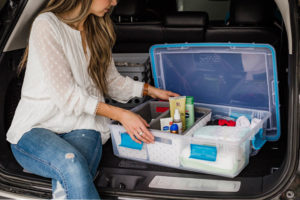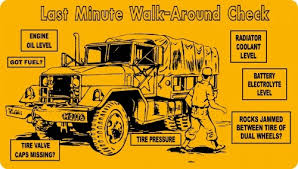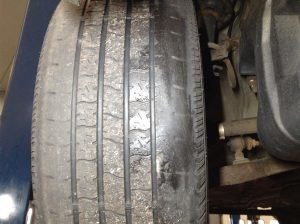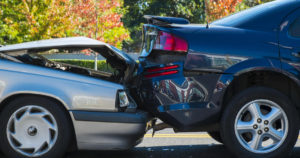 Today’s teens are faced with a lot of challenges. These challenges range from peer pressure to depression, bullying, and even driving. Statistically speaking, for people aged 15-20, driving is one of the deadliest things that they can do. If they are riding with their friends, you can expect their chances of a potentially fatal accident to double. Therefore, as a way to keep our teens on the right track, it is important for parents, schools, teens, and their peers to focus on driving safely. There are a lot of programs that can help, such as the Allen County Drive Alive program, that focuses on increasing our teens’ knowledge and skills before they get behind the wheel.
Today’s teens are faced with a lot of challenges. These challenges range from peer pressure to depression, bullying, and even driving. Statistically speaking, for people aged 15-20, driving is one of the deadliest things that they can do. If they are riding with their friends, you can expect their chances of a potentially fatal accident to double. Therefore, as a way to keep our teens on the right track, it is important for parents, schools, teens, and their peers to focus on driving safely. There are a lot of programs that can help, such as the Allen County Drive Alive program, that focuses on increasing our teens’ knowledge and skills before they get behind the wheel.
Scary Statistics and Facts
 If you look at the numbers, the main reason teens end up in deadly accidents is that they often drive while distracted. They have friends in the car and end up talking or listening to the radio, then bad things happen. They may be texting or talking on a phone, and then bad things happen. Approximately 33% of teens admit to texting while driving and 56% say they talk on the phone while they are behind the wheel. The problem is, when these kids are talking on the phone, they often have the reaction time that is equal to that of a 70-year-old. This does not bode well if there are also other things going on around them.
If you look at the numbers, the main reason teens end up in deadly accidents is that they often drive while distracted. They have friends in the car and end up talking or listening to the radio, then bad things happen. They may be texting or talking on a phone, and then bad things happen. Approximately 33% of teens admit to texting while driving and 56% say they talk on the phone while they are behind the wheel. The problem is, when these kids are talking on the phone, they often have the reaction time that is equal to that of a 70-year-old. This does not bode well if there are also other things going on around them.
What makes it even worse, is the fact that if you look at it from a statistic point of view, the most common type of crash for teens that may take their life is not other vehicles. They often end up hitting utility poles, trees, embankments, guide rails, and other fixed objects.
Driving Programs for Teens
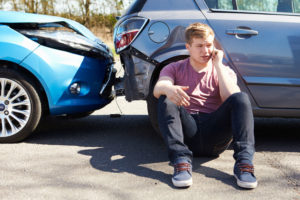 There are a variety of programs available to ensure that teens learn how to drive responsibly. These programs talk about why you should stay focused on the road, not the person riding with you. It focuses on the dangers of having your phone near you when you are driving. They talk about the issue of speeding which has been proven to also cause major risks for our young drivers. Did you know that 48% of girls and 36% of boys admit to driving ten or more miles per hour over the posted speed limit? Are you as surprised as we are? It is for that reason that some programs also attempt to raise the driving age of teens until they can get more hours of driving with an adult before they are turned loose on the roads without a parent or a guardian.
There are a variety of programs available to ensure that teens learn how to drive responsibly. These programs talk about why you should stay focused on the road, not the person riding with you. It focuses on the dangers of having your phone near you when you are driving. They talk about the issue of speeding which has been proven to also cause major risks for our young drivers. Did you know that 48% of girls and 36% of boys admit to driving ten or more miles per hour over the posted speed limit? Are you as surprised as we are? It is for that reason that some programs also attempt to raise the driving age of teens until they can get more hours of driving with an adult before they are turned loose on the roads without a parent or a guardian.
The Parent’s Job
Community-based programs for young drivers are a great help for kids, but parents have to also be involved. No parent wants to have their child become another number. Can you imagine becoming one of the approximately 4,000 parents who have a teen that goes out for a drive and never comes home? Your job is to set a good example for your teens and talk to them about distracted driving. Make sure that they understand that if they play around with a vehicle, the results could be devastating for them and those who love them.


